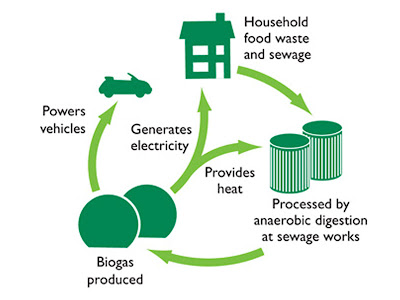South Africa is quickly becoming a hotbed for sports car development, with two new performance machines being announced in the country in just as many weeks. Built through collaboration between Zagato, the Milanese coachbuilders, and Perana Performance Group, the Z-One features a tubular and box section chassis with room for two passengers. Tucked among the exotica at Concorso Italiano was the new Zagato-styled, Hi-Tech-built and Superfomance-sold, Perana Z-One sports/GT.
2011 Perana Sports Car Z-One
The Perana sports car Z-One is designed in Italy, powered by American muscle and manufactured in South Africa. The "Z" stands for Zagato, Chief Designer Norihiko Harada using the Italian design house's DNA to form a dynamic supercar.The sports car Perana Z-One will go on sale in the U.S. through Superformance after its Concorso Italiano debut in August. American buyers will get an allocation of just 99 units, so you probably won’t be seeing one parked outside of your local trattoria any time soon.
2011 Perana Sports Car Z-One is beautiful. And the build quality is exquisite. The panel gaps put all the high-priced Italian vehicles surrounding it to shame. The styling is definitely that of a European GT.
2011 Perana Sports Car Z-One
The 6.2L V8 engine generates 440hp (328kW) and 430lb-ft of torque (583Nm) of torque, and redlines at 6,600rpm. That's enough to scoot the 2,630lb (1,195kg) car to 62mph (100km/h) in an estimated sub-4 second time. Big brakes - 325mm up front, 305mm in the rear - slow things down again, while unequal length A-arms, Bilstein shocks and Eibach springs at all four corners handle the curves.The drivetrain comes from Chevy, the Corvette's 6.2-liter V-8 delivering 440 bhp to the rear wheels. The Z-One also uses the Vette's 6-speed manual gearbox, but the tubular space frame has been engineered in South Africa. Perana claims 0–60 mph in just 4 seconds.
2011 Perana Sports Car Z-One is the limited production, because the gorgeous body of each Perana Z-One will be handbuilt in Italy by coachbuilder Zagato and then shipped in pieces to South Africa where there are attached to the vehicle’s chassis. The Z-One's chassis has been completely conceived and designed by Perana engineers in South Africa, despite the engine sourced from General Motors.






























